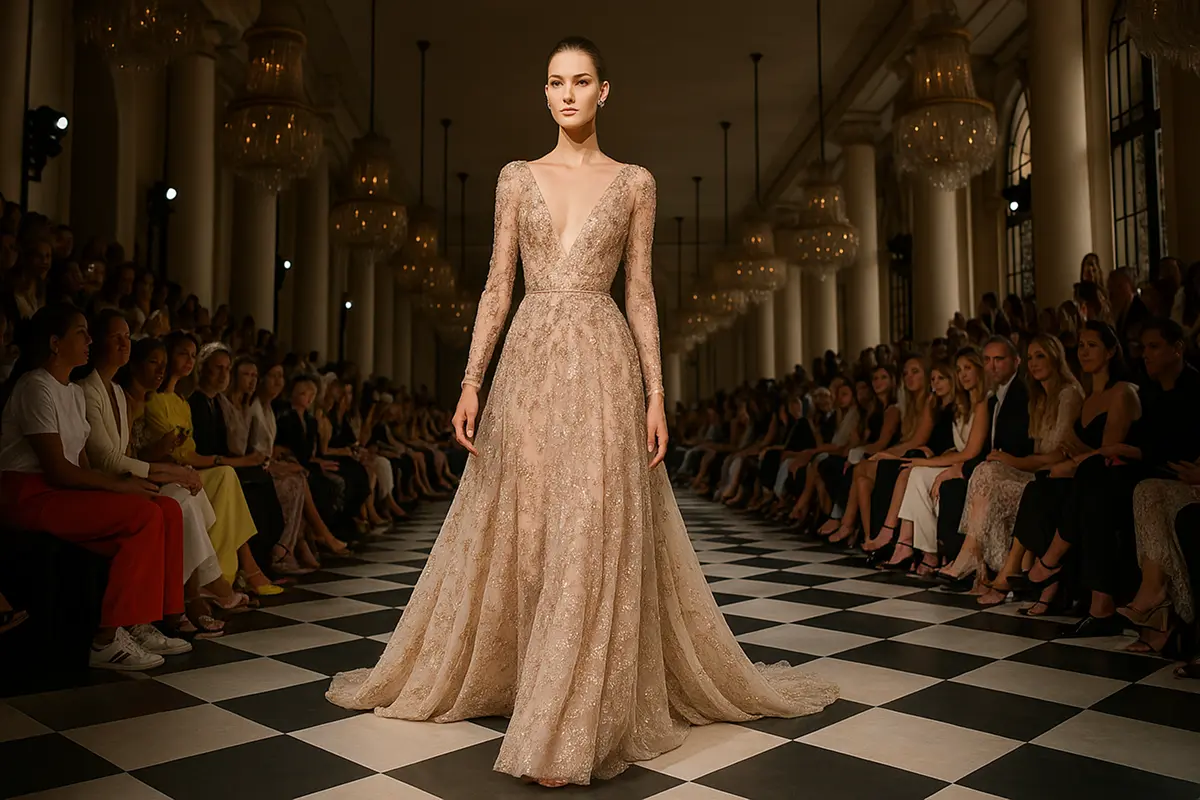
Introduction
Haute couture stands at the summit of high fashion, representing art, craft, and cultural storytelling. Protected by the Chambre Syndicale de la Haute Couture, couture houses maintain strict standards that keep Paris the undisputed capital of luxury style. Each haute couture collection shows how imagination, technique, and heritage merge to set trends far beyond the runway. In an era of fast fashion and global supply chains, the relevance of couture may seem surprising, yet these rarefied garments continue to guide fashion capitals, influence ready‑to‑wear, and inspire street fashion. Couture proves that clothing can preserve French culture, celebrate skilled artisans, and showcase the enduring power of elegant style.
Definition of Haute Couture and Its Legal Framework
The French phrase “haute couture” literally means “high sewing.” Under French law, only a maison de couture that satisfies the Chambre Syndicale’s criteria may use the label. Requirements include presenting two haute couture collections in Paris each year, employing at least fifteen full‑time artisans at an atelier, and providing multiple fittings for private clients. Each gown must receive extreme attention, with every bead, feather, or crystal applied by hand. This legal protection shelters the craft from dilution, ensuring customers worldwide can trust the authenticity of certified couture houses.
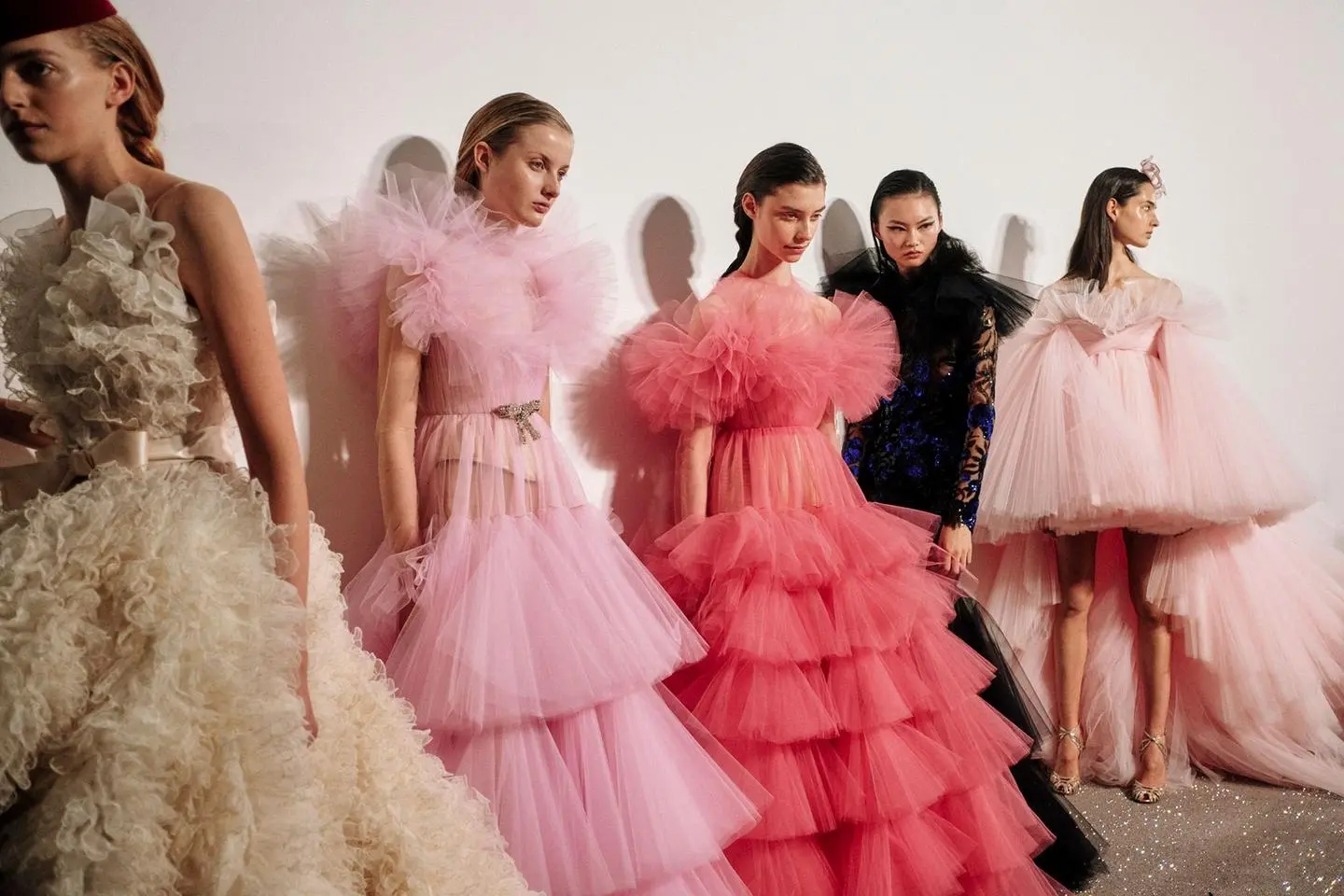
Why Certification Matters
Certification does more than preserve tradition. It also supports fair labor, transparent supply chains, and sustainable production volumes. When a couture house receives official status, journalists, private clients, and historians acknowledge its commitment to heritage and innovation alike. The Chambre Syndicale de la Haute Couture also organizes training programs that keep life‑long skills alive, transferring knowledge from seasoned artisans to modern designers.
History and Evolution of Couture
The First Fashion Designer
Charles Frederick Worth, often called the first fashion designer, opened his Paris salon in 1858, showing live models and signing each piece. His bold approach sparked a golden age of couture where designers like Jeanne Lanvin, Paquin, and Vionnet set trends that rippled through the global stage.
Twentieth‑Century Innovation
Coco Chanel liberated women from corsets with jersey separates and the black dress, while Christian Dior’s New Look celebrated post‑war optimism through full skirts and nipped waists. Cristóbal Balenciaga sculpted architectural silhouettes, and Pierre Cardin explored modern futurism. These trailblazers proved that couture houses could evolve while protecting timeless elegance.
Guardians of Tradition and Quality Control
The Chambre Syndicale de la Haute Couture acts as gatekeeper. Inspectors verify the number of skilled artisans, review backstage processes, and approve show schedules. This oversight ensures that couture houses like Chanel, Dior, and Givenchy continue to embody the highest standards in high dressmaking. By limiting membership, the chambre syndicale de la mode masculine and its womenswear counterpart keep haute couture exclusive, reinforcing the allure that drives collectors and the royal family to invest.
A Day Inside a Maison de Couture
Entering a couture atelier feels like stepping into a cathedral of craft. The hum of quiet conversation mixes with the delicate clink of beads in metal bowls. Drapers sculpt fabric on dress forms, finding the perfect curve. Pattern makers translate sketches onto paper, balancing precision with creative freedom. Embroiderers use tambour hooks to apply sequins, feather workers sort plumes by shade, and fitters pin silk on live models in mirrored fitting rooms. The creative director oversees each step, ensuring that the final garment aligns with the brand’s design language.
|
Role |
Primary Focus |
Signature Tool |
|---|---|---|
|
Drafting bespoke patterns |
L‑square ruler |
|
|
Draper |
Shaping fabric on forms |
Glass‑head pins |
|
Embroiderer |
Stitching beads and threads |
Tambour frame |
|
Feather Artist |
Sorting and sewing plumes |
Micron needles |
|
Fitter |
Adjusting fit in multiple sessions |
Silk tape |
|
Creative Director |
Curating story and mood |
The Big Four Fashion Houses
Chanel, Dior, Givenchy, and Balenciaga dominate the couture calendar. Chanel’s tweed suit and quilted handbag revolutionised women’s wardrobes. Christian Dior reinvented femininity, and successive creative directors like Maria Grazia Chiuri champion inclusive narratives. Givenchy’s refined lines, famously worn by Audrey Hepburn, embody understated glamour. Balenciaga’s sculptural forms inspire modern designers from Alexander McQueen to Nicolas Ghesquière.
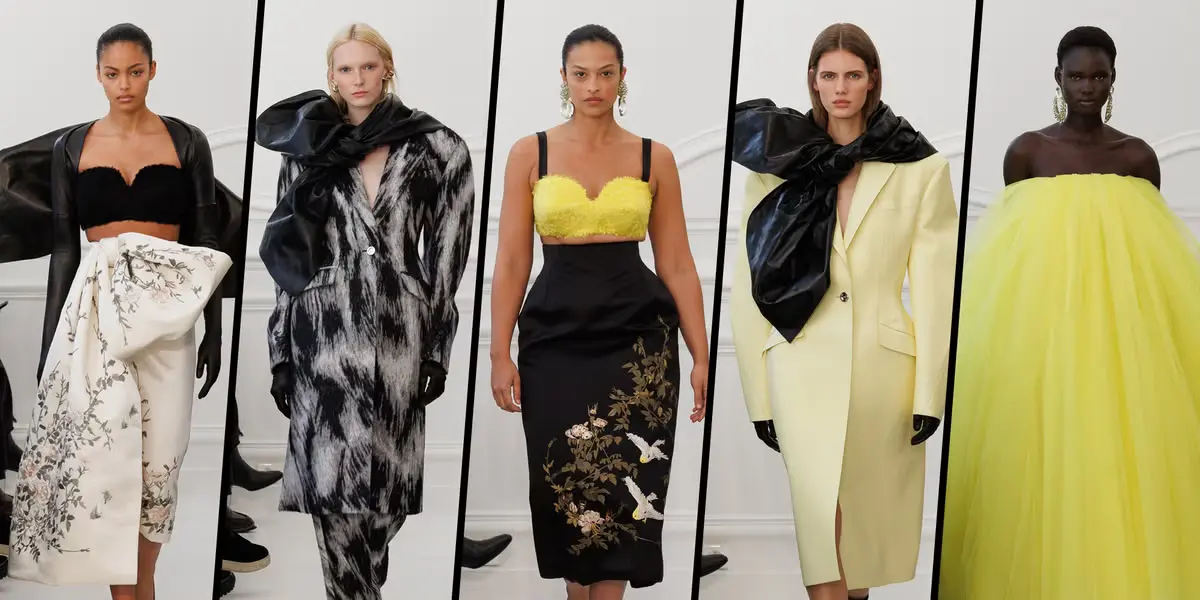
Impact on the Fashion World
Each house employs hundreds of artisans and presents runway shows that set trends across continents. Their perfumes, accessories, and ready‑to‑wear collections generate billions, proving that couture is a powerful marketing engine as well as a cultural beacon.
Icons Who Shaped Couture
Coco Chanel, Christian Dior, and Cristóbal Balenciaga remain household names, yet couture thrives on constant reinvention. Karl Lagerfeld revitalised Chanel from the 1980s onward. Jean Paul Gaultier, enfant terrible of French fashion, melded street fashion with refined corsetry. Gianni Versace brought metal mesh and vibrant prints to the red carpet. More recently, Iris van Herpen stitches together science and art through 3D‑printed lace, while Rahul Mishra showcases rural Indian embroidery on the global stage.
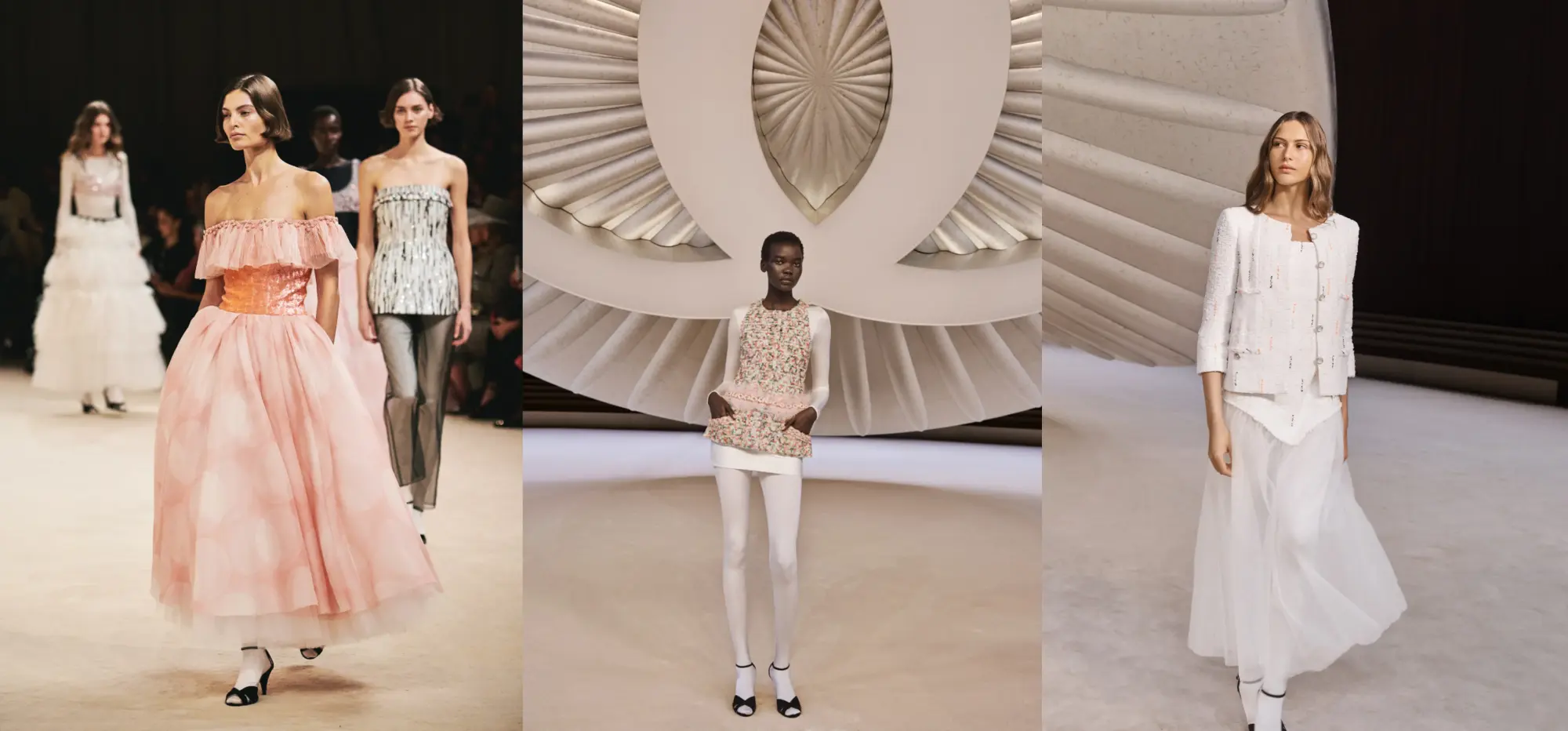
Cultural Resonance
Iconic pieces — from the little black dress to red carpet column gowns — appear in exhibitions at the Costume Institute, the Victoria and Albert Museum, and private collections. These garments not only tell the story of fashion history but also reveal social shifts, feminism, and artistic freedom.
Craftsmanship and Time Investment
Creating a couture piece requires extraordinary labor:
|
Process |
Average Hours |
Key Skill |
|
Hand embroidery |
120 – 400 |
Bead threading |
|
Draping & toile fitting |
40 – 100 |
Fabric sculpting |
|
Final hand sewing |
60 – 200 |
Invisible stitching |
|
Finishing & pressing |
20 – 40 |
Heat control |
These numbers highlight why haute couture commands high prices. Each gown is designed to become heirloom art, often passed down within families for generations.
Modern Designers and the Future of Couture
Contemporary couture explores sustainability, diversity, and technology. Designers upcycle antique lace, experiment with plant‑based sequins, and use AI to visualise silhouettes. 3D body scans reduce muslin waste, while augmented reality lets private clients attend virtual fittings. Couture houses now speak to global audiences, streaming runway shows to millions across fashion capitals.
Inclusivity and Representation
Houses invite models of diverse backgrounds, ages, and body types, expanding the definition of elegant style. This shift reflects society’s demand for representation and shows that haute couture can set trends not only in aesthetic but also in values.
Couture in the Digital Age
Virtual showrooms allow clients in New York, Tokyo, and Dubai to browse collections without leaving home. NFT certificates authenticate digital twins of physical gowns, while social media behind‑the‑scenes videos attract younger fashion fans. These innovations safeguard heritage while broadening the couture audience.
Economic Influence of Haute Couture
Although couture sales represent less than ten percent of revenue for most brands, the halo effect is immense. A single runway look can inspire a bestselling perfume or leather goods line. High fashion magazines and influencers amplify these moments, creating desire that fuels accessory sales worldwide.
|
Revenue Stream |
Share of Brand Income |
|
Fragrance & Beauty |
35 % – 50 % |
|
Leather Goods & Accessories |
25 % – 40 % |
|
Ready‑to‑Wear Collections |
15 % – 20 % |
|
Haute Couture |
1 % – 5 % |
Couture’s cultural capital outweighs its direct financial return, acting as a research lab for new silhouettes, textiles, and marketing narratives.
Sustainability and Ethical Practices
Haute couture naturally limits overproduction, but designers now push further. Some maisons implement zero‑waste pattern cutting. Others partner with fair‑trade silk farms and invest in renewable‑energy mills. Re‑wearing couture on multiple red carpets signals a growing acceptance of longevity over novelty.
Carbon Footprint Reduction
Houses monitor carbon emissions from studio lighting, travel, and fabric sourcing. Tree‑planting programmes and carbon offsets align with the values of eco‑conscious private clients who want luxury that respects the planet.
FAQ
What does couture house mean? A couture house is a legally recognised fashion house authorised to create haute couture, meeting strict criteria for craftsmanship and presentation.
How do fashion houses obtain certification? They apply each year to the Chambre Syndicale and undergo rigorous inspections of staff, collections, and atelier practices.
Are haute couture collections profitable? Directly, no; indirectly, yes. Couture drives brand prestige that sells fragrances, accessories, and ready‑to‑wear.
How many couture clients exist today? Estimates range from 150 to 250 worldwide, including royalty, entrepreneurs, and celebrities.
Why is Paris pivotal to haute couture? Paris hosts couture week, provides historical ateliers, and benefits from government support that treats fashion as cultural heritage.
Can men order haute couture? Yes, some houses offer bespoke menswear under chambre syndicale de la mode masculine guidelines.
Is couture sustainable? Its low volume limits waste, and modern designers use recycled textiles, ethical sourcing, and carbon offsets to improve sustainability further.
Conclusion: Timeless Elegance Meets Modern Innovation
Haute couture remains the living soul of high fashion. Couture houses balance heritage with cutting‑edge artistry, training skilled artisans while adopting new technologies. They set trends, influence ready‑to‑wear, and reinforce the power of fashion as art. Amid environmental concerns and digital disruption, haute couture demonstrates that meticulous craft and visionary design still define true luxury. By valuing quality over quantity, these maisons de couture chart a path for fashion’s future, proving that elegance and ethics can coexist in the modern world.

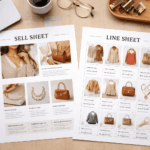



Leave a Reply